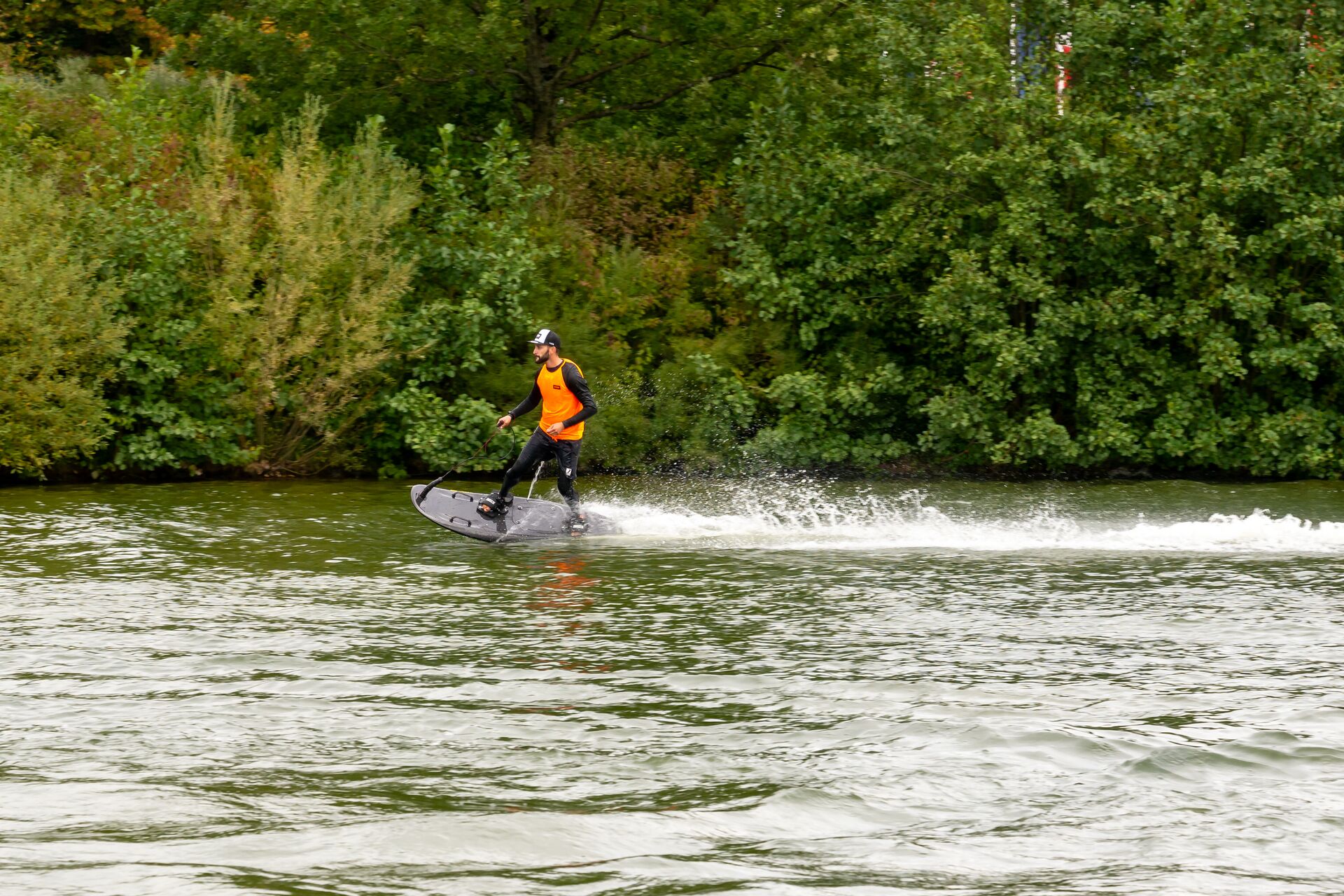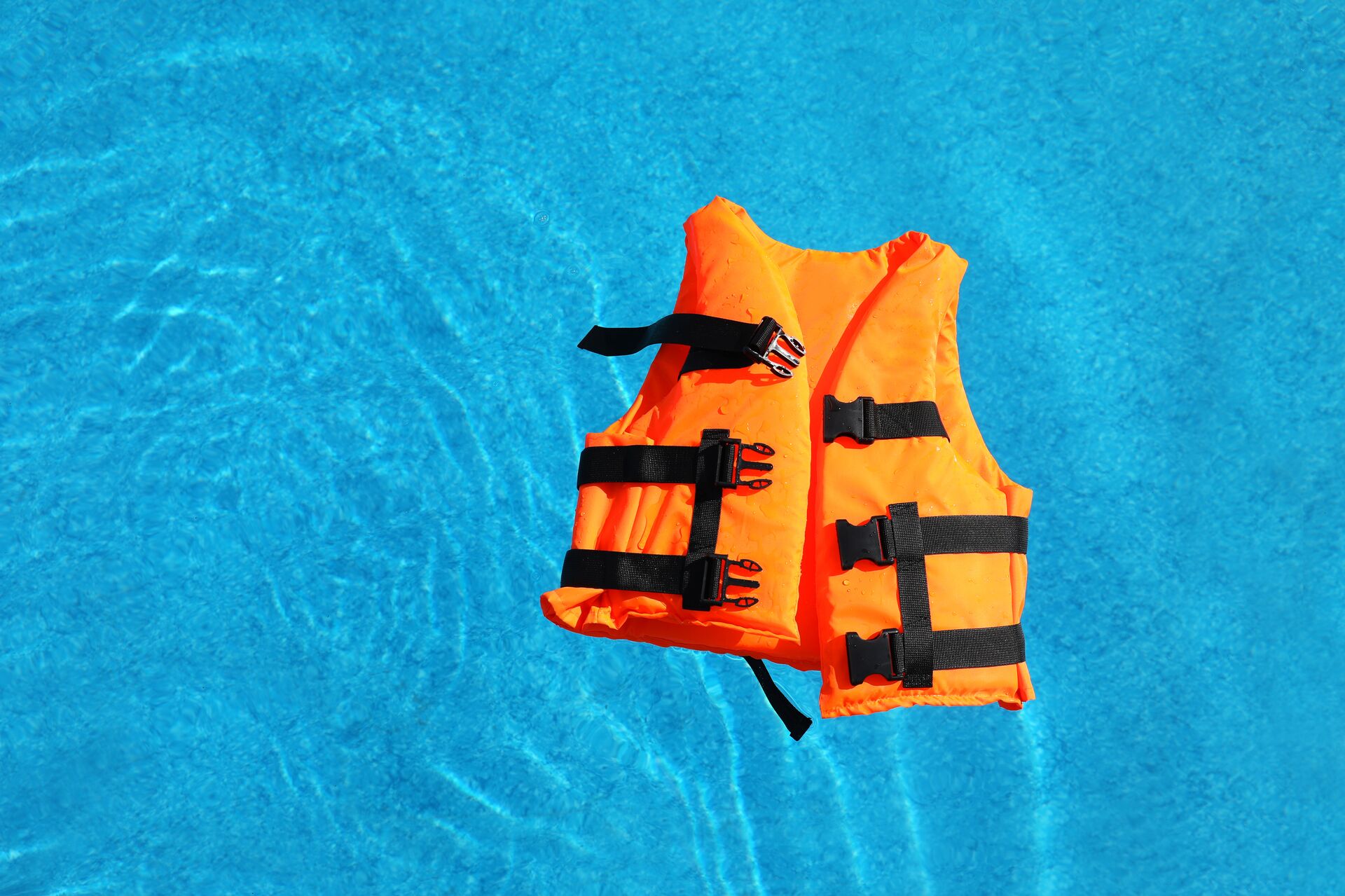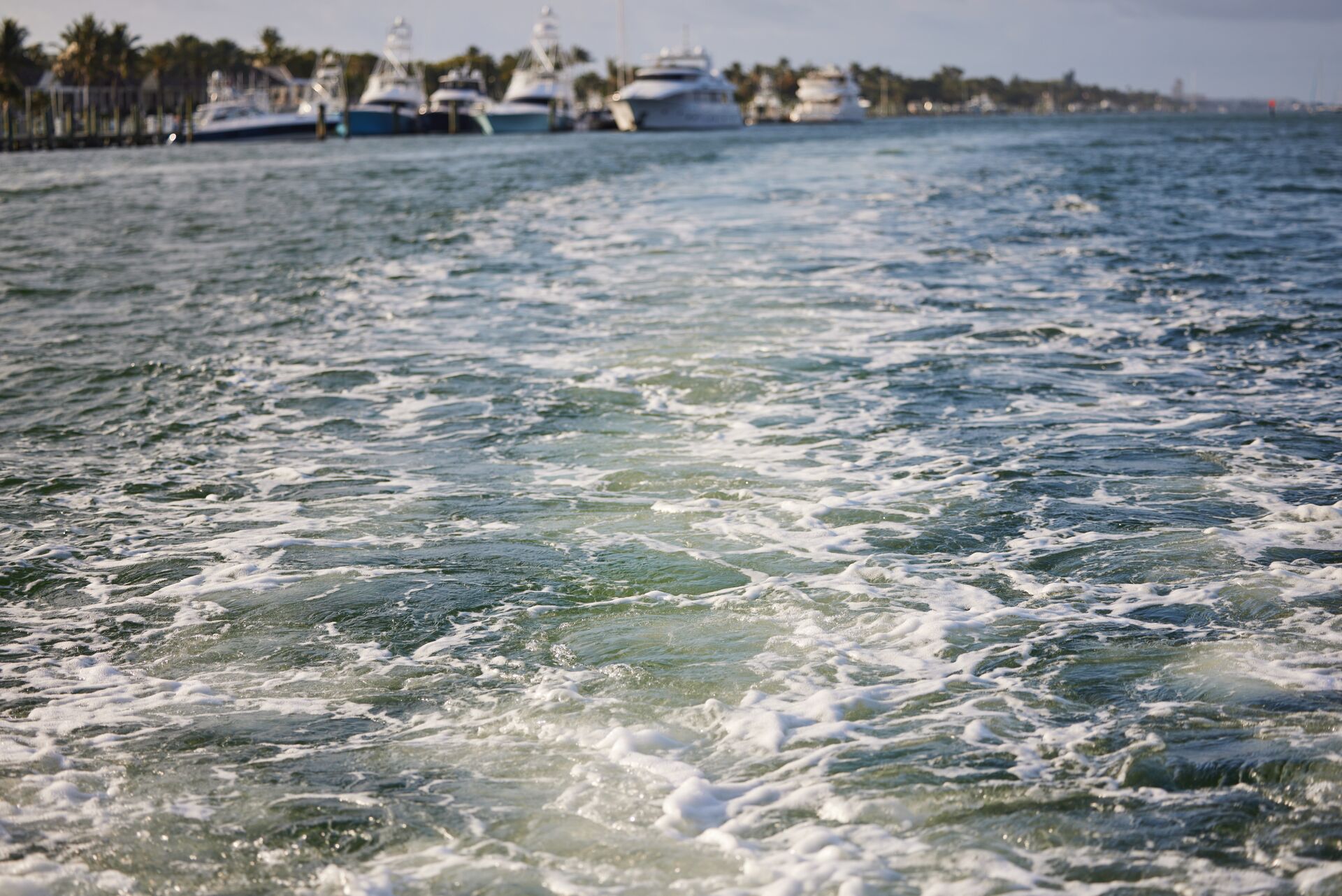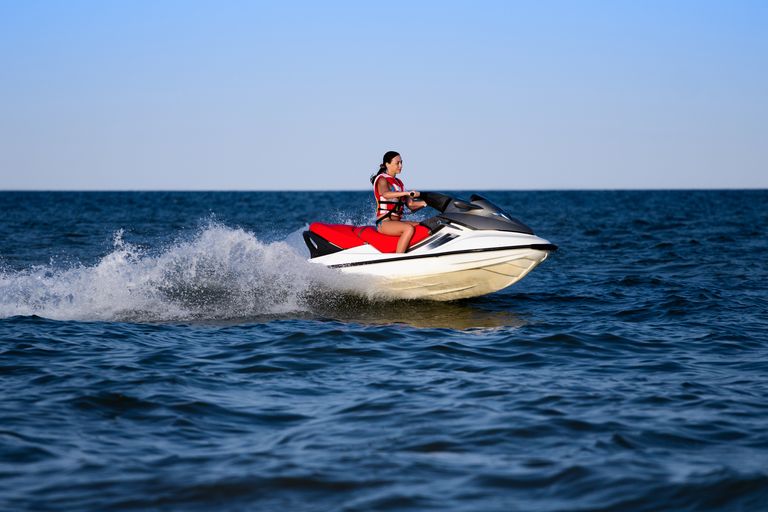Is a Motorized Surfboard Legal in Canada?

The popularity of surfboards with motors attached continues to grow as more people find them interesting and challenging. However, they aren't legal everywhere, and it's essential to be clear about the laws in your area before you decide to buy or use one.
Similar to safety requirements and boating regulations, there are also specific laws relating to personal watercraft and other motorized objects on the water, including surfboards. Since legalities involve both safety issues and potential penalties, you want to make sure you comply with local governing bodies to reduce your risks in several ways.
So, can you use a motorized surfboard in Canada? Here's what you need to know.

Legal Status of Motorized Surfboards in Canada
According to Transport Canada regulations, motorized surfboards are currently prohibited in Canada. They have been illegal since 1999, but that law is being reviewed as of this writing.
That means significant changes and the potential for legalization could come. As these boards have gained a following, there has been an increasing push to make them legal on Canadian waterways.
If Transport Canada can create and approve safety requirements for these vessels, it may remove the prohibition, but that will likely take some time. That would allow for the use of these motor-powered boards within Canada, but there would likely be a lot of restrictions on how they can be used, by whom, and where.
Why Aren't They Legal?
Several arguments against the legalization of these boards center around the risks they create. They can be very dangerous when they aren't used properly or when used by people who aren't sure how to control them.
That's why some opponents of legalization believe that the only people who should be able to use these boards are trained professionals instead of giving access to the general public.

Potential Safety Equipment Requirements
Understanding the safety requirements that may be enacted if these surfboards become legal can help you be prepared.
One of the most significant considerations is safety equipment and what motorized board users would be required to have with them.
For example, users would likely need to have:
- A buoyant personal flotation device or a life jacket keeps the operator afloat.
- A sound-signaling device to get the attention of others or call for help.
- A compass if the motorized board is being used out of sight of seamarks.
- A watertight flashlight or distress signals if using the board during low visibility periods.
- Navigation lights meet collision regulations to reduce the chances of an accident.
- A buoyant heaving line at least 15 meters in length for flotation protection.
Operators who wear a life jacket or other personal flotation device while operating a motorized surfboard would not be required to carry the heaving line. However, they would still be required to have all the other safety equipment and gear to comply with regulations and protect themselves.

Regulations That Could Come Into Play with Legalization
Some additional general regulations are also being considered to make the use of these vessels as safe as possible.
These regulations and suggested requirements include:
- Requiring engine cut-off switches that will stop the propeller or shut off the engine under specific circumstances.
- Requiring propellers to be protected or covered in some way to reduce the risk of coming into contact with the blades.
- Setting minimum age requirements for anyone operating a propeller-driven surfboard, much like the requirements for personal watercraft.
- Requiring vessel operators below the minimum age requirement to be supervised by someone above that age requirement.
- Requiring vessel operators to be connected to the vessel's propulsion cut-off switch through a lanyard or a wireless connection.
Anyone who fails to meet these regulations could be putting their safety at significant risk and risking tickets, fines, and other penalties. While these penalties haven't been determined yet, it's essential to acknowledge that Transport Canada will take this matter very seriously if prohibitions are lifted.
Stay Informed for Updates to Regulations
The best way to know what's going on with the potential for allowing propeller-driven surfboards on Canadian waterways is to follow official sources of information. When you follow sources such as Transport Canada or BOATERexam, you can stay updated on any regulations and changes in new safety guidelines.
Whether you've been thinking about a surfboard with a motor for a long time or it's something you're just learning about, paying close attention to legislation and regulations surrounding the use of it will help you stay informed about when you could legally hit the water.

Learn About Water and Boating Safety While You Wait
Are you sure you're ready to hit the water on one of these surfboards? While you wait to use a motorized board on the water, take a boater education course!
Learning about water safety through an online course with BOATERexam will help you be ready to head out if motorized boards are made legal. Even if they aren't, you can still learn a lot about staying safe when operating boats, PWCs, and other legal watercraft so you can confidently have fun on the water.
Choose the course for Canadians and start learning!

